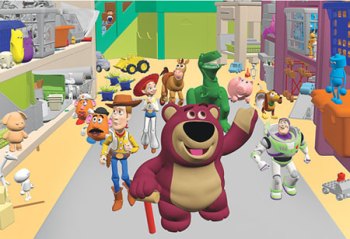Blinn’s Law and the paradox of efficiency

As technology advances, rendering time remains constant.
—Blinn’s Law
Why isn’t writing easier? Looking at the resources that contemporary authors have at their disposal, it’s easy to conclude that we should all be perfect writing machines: word processing software has made the physical process of writing more streamlined than ever, Google and Amazon have given us access to a world of information that would have been inconceivable even fifteen years ago, and research, editing, and revision have been made immeasurably more efficient. And yet writing itself doesn’t seem all that much easier than before. The amount of time a professional novelist needs to spend writing each day—let’s say three or four hours—hasn’t decreased since Trollope, and for most of us, it still takes a year or two to write a decent novel.
So what happened? In some ways, it’s an example of the paradox of labor-saving devices: instead of having more leisure time, we create more work for ourselves. It also reflects the fact that the real work of writing a novel is rarely connected to how fast you can type. But I prefer to think of it as a variation on Blinn’s Law. As graphics pioneer James Blinn first pointed out, in animation, rendering time remains constant, even as computers get faster. An artist gets accustomed to waiting a certain number of hours for an image to render, so as hardware improves, instead of using it to save time, he employs it to render more complex graphics. This is why rendering time at Pixar has remained essentially constant over the past fifteen years. (Although the difference between Toy Story and Cars 2 is a reminder that rendering isn’t everything.)

Similarly, whatever time I save by writing on a laptop rather than a manual typewriter is canceled out by the hours I spend making additional small changes and edits along the way. The Icon Thief probably went through eighteen substantial drafts before the final version was delivered to my publisher, an amount of revision and rewriting that would have been unthinkable without Word. Is the novel better as a result? On a purely technical level, yes. Is the underlying story more interesting than if I’d written it by hand? Probably not. Blinn’s Law tells us that the leaves and grass in the background of a shot will look increasingly great, but it says nothing about the quality of storytelling. Which seems to imply that the countless tiny changes that a writer like me makes to each draft are only a waste of effort.
And yet here’s the thing: I still needed all that time. No matter how efficient the physical side of the process becomes, it’s still desirable for a writer to live with a novel, or a studio to live with a movie, for at least a year or so. For most of us, there seems to be a fixed gestation period for decent art, a minimum amount of time that a story needs to simmer and evolve. The endless small revisions aren’t the point: the point is that while you’re shifting a paragraph here or there, the story is growing in your head in unexpected ways. Even as you fiddle with the punctuation, seismic changes are taking place. But for this to happen, you need to be at your desk for a certain number of hours. So what do we do in the meantime? We do what Pixar does: we render. That’s the wonderful paradox of efficiency: it allows us, as artists, to get the inefficiency we sometimes need.

Leave a comment